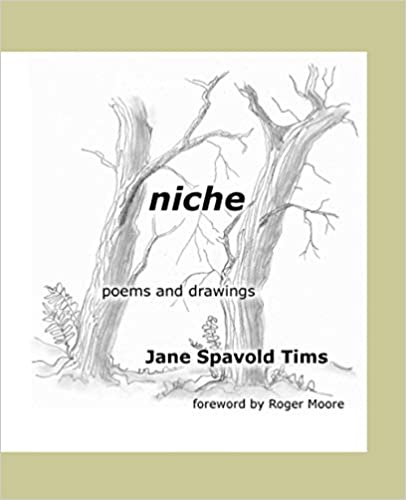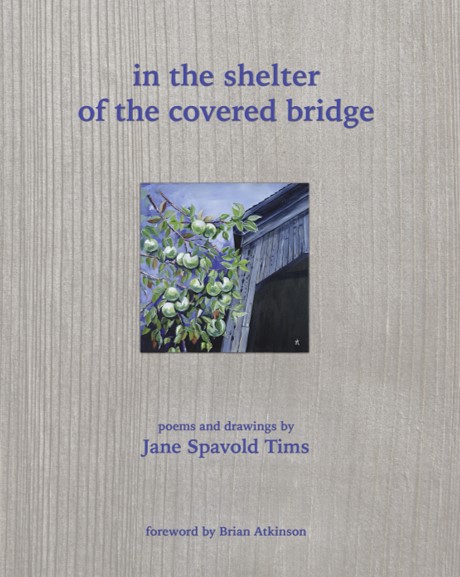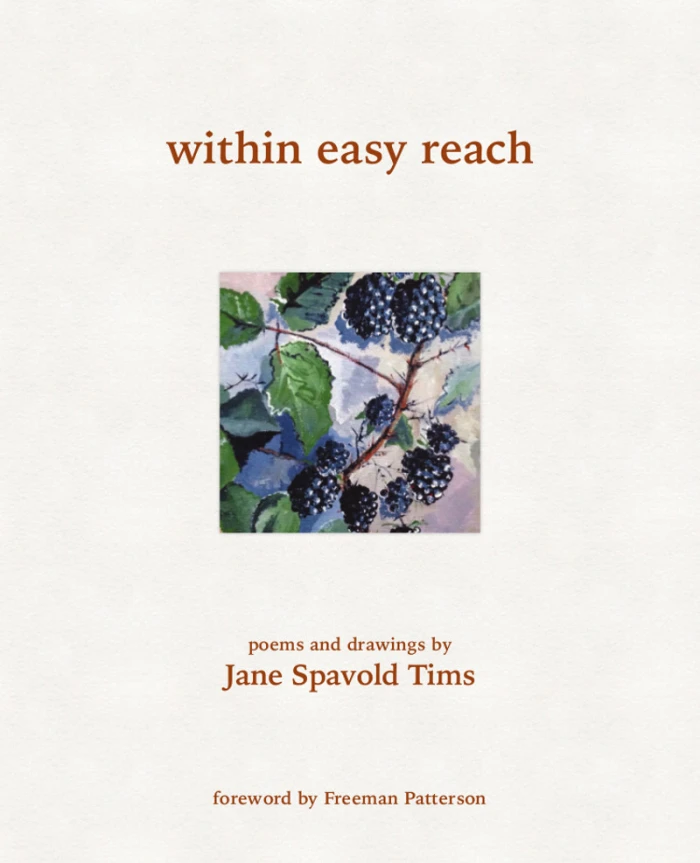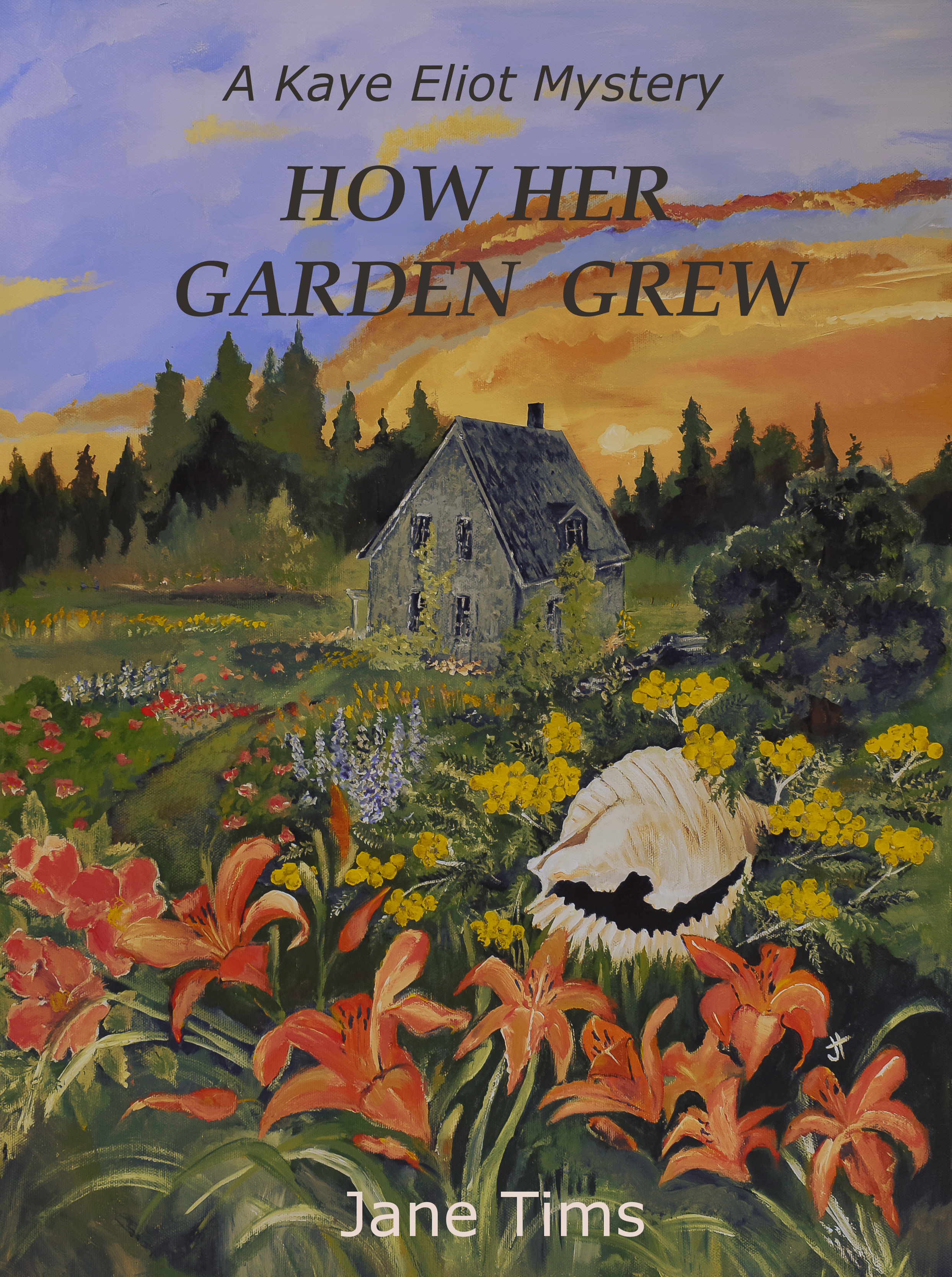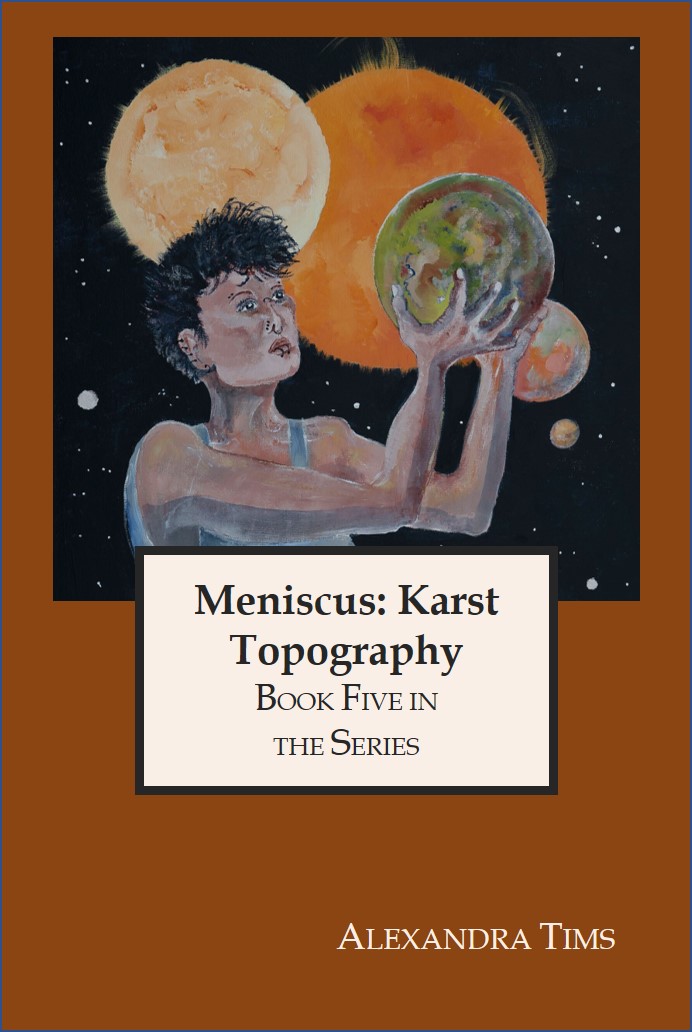Archive for the ‘old school houses’ Category
dandelion fluff
~
dandelion fluff
~
purse lips
and puff
make a wish
scatter seeds
to wind
and follow
into sun
~
~
Copyright Jane Tims 2019
~
All my best,
Jane
two old schools in Carleton County, New Brunswick
On our way home from Victoria County last weekend, we took the rural road from Hartland through Millville. We found two old one room schools along the way.
~

The location of two old schools in Carleton County. (Map Source: New Brunswick Atlas, Second Edition, 1998)
~

The first of these was in Lower Windsor, Carleton County (once called Windsor Settlement).
in 1898 Lower Windsor was a settlement with a post office and a population of 100
to the north was Windsor, settled about 1840: PO 1864-1945: in 1866 Windsor was a farming settlement with approximately 50 resident families: in 1871 it had a population of 200: in 1904 Windsor had 1 post office, 1 store, 1 church and a population of 200.
Source: Provincial Archives of New Brunswick
~
When I got out of the truck to take some photos, I was overwhelmed by the smell of licorice. The source was Wild Fennel (Foeniculum vulgare Mill.), probably planted at the site (now used as a cottage).
~

Carlisle School, Carleton County 2016
~
The next school was in Carlisle, Carleton County.
first called Northville Settlement: renamed Carlisle with creation of the post office: PO 1877-1924: in 1898 Carlisle was a settlement with 1 sawmill, 1 grist mill, 1 church and a population of 300.
Source: Provincial Archives of New Brunswick
~
The door of this old school was open to the elements.
~
Although I intend to focus my ‘old schools’ writing project in Kings, Queens, Sunbury and York Counties, I am delighted to have found these old schools in Carleton County!
~
The distance between these two old schools was 4.5 kilometres. Not far unless you are a young child on a snowy day!
~
Copyright Jane Tims 2016
uphill and down
While doing a search for a particular plant we know grows in the area, my husband and I took a side road through rural Victoria County in New Brunswick. We drove from Route 109 (near the top of the map), south through Upper Kintore and Lower Kintore, to Muniac, a distance of about 23 kilometres.
~

(Map Source: New Brunswick Atlas, First Edition)
~
Kintore was settled in 1873 and named for the town of Kintore near Aberdeen, Scotland. In 1898, Kintore was a railway station and had a post office and a population of 75. (Source: New Brunswick Archives)
~

church and school house in Upper Kintore 2016
~
Interesting to me was the very well-cared-for one room Upper Kintore School, built in 1877.
~

Upper Kintore School built 1877
~
Our drive took us uphill through Upper Kintore, along Big Flat Brook (a tributary of the Tobique River). The road peaked at Lawson Hill and then ran down, through Lower Kintore. Again, the road followed a watercourse, the Muniac Steam (a tributary of the Saint John River). As we drove we talked about the road — the earliest roads took the easy way, along the brooks. The southern part of the road was banked by steep rocky roadcuts.
~

the Muniac Stream near Lower Kintore
~
Since I am interested in the plants children might encounter on their way to school, I was happy that this is the time in New Brunswick when most of our roadside wild flowers are in bloom. We saw Black-eyed Susan (Rudbeckia serotina Nutt.), Red Clover (Trifolium pratense L.), Bedstraw (Galium sp.), Daisy (Chrysanthemum Leucanthemum L.), Bladder-Campion (Silene Cucubalus Wibel) and Meadow Rue (Thalictrum polygamum Muhl.). Quite a bouquet! I have to remain aware that some of these plants have become very weedy and invasive since the early 1900s and may have been hard to find in the 1800s. For example, in the photo below, just above the Black-eyed Susan, you will notice a plant of Wild Parsnip (Pastinaca sativa L.). In New Brunswick, Wild Parsnip is a invasive species, probably introduced by Europeans in the 18th century as a food source.
~

Black-eyed Susan along the road
~
Do you have any favorite rural drives through communities with interesting histories?
~
Copyright Jane Tims 2016
early schools – old maps, photos and diaries
Last week, my husband and I visited the New Brunswick Museum Archives and had a look at three sources of information on old one room schools in New Brunswick:
- the Walling Map – shows the location of roads, family homes, businesses, churches and schools in 1862 in Kings and St. John Counties
- the photo collection by Marion Johnston Dunphy who photographed 150 schools from 1974 to 1984 – The One Room Schools of New Brunswick and What Became of Them
- the diary of C. Gordon Lawrence, teacher at the Tracy school (Sunbury County, New Brunswick) in 1903. His diaries chronicle his experiences as a school teacher from 1903 to 1962!
~
Thanks to the Walling Map, from now on, when we go for a drive to find old schools in Kings County, we will know exactly where to look. Also, I will know something about the landscape setting for each school – the key component of the poetry I intend to write!
~
With the photos, I was able to check the identity of some of the schools we have already found. A good example is the school building at Mill Road, near Gagetown, Queens County, New Brunswick (below). From the photos in the Marion Johnston Dunphy collection, I was able to verify this as the Lawfield School, Gagetown #1. I signed an agreement not to share the Dunphy photos on the Internet, but I will be able to use them to prompt ideas for my poems.
~
 ~
~
We also looked at C. Gordon Lawrence’s diary from 1903. This contains his day to day experiences as a 17 year old teacher at the Tracy School. He did not detail his observations of the natural world, but there are gems in the diaries for a poet! For example, after a long bout with chicken pox, he was feeling very ill and wrote: ‘… a dose of Pain killer failed to work but a dose of blackberry cordial gave me relief …’.
~
Gordon Lawrence’s diary includes a map of the location of the school. It is faint but shows where the school was located, not far from the North Branch of the Oromocto River. The roads have changed significantly since 1903 – back roads to Harvey and St. Stephen were the main roads in 1903!
~
The three items we looked at are only a sampling of the information available at the Archives. With these preliminary investigations, I can now begin to write my proposal for ‘a manuscript of poems about one room schools in the landscape’. I will be sure to let you know if my proposal is successful!
~
~
Copyright Jane Tims 2016
dancing around the daisy pole
Perhaps strange to talk about a Maypole in July but Maypoles have been used for summer celebrations throughout the years. In the old stereoscope photo below, published by a company in Meadville Pennsylvania and St. Louis Missouri, the Maypole is referred to as a Daisy Pole.
~

A rather blurry scan of a stereoscopic photo, blurry because it is curved for the viewer. The title of the photo is ‘A June Carnival – Dancing Round the Daisy Pole’ 1900
~
When my Aunt Jane was young, attending a small school in Nova Scotia, field days were held in June. In her book, she recalls participating in a field day:
… I was in grade 1 … we had a “field day”. My dress was made of blue and white crepe paper and, holding on to the end of a white paper streamer, I danced around a May pole. I remember my great embarrassment as a gust of wind took the streamer out of my hand and sent it high in the air to flutter in the breeze …
~

The decorative Maypole we made years ago to celebrate May 1 every year. Through the years, when I needed ribbon, I occasionally snipped a length from the pole, so there are a few short ribbons!
~

~

sketch for ‘dancing around the daisy pole’ … in some ways more lively than the final drawing
~
~
Copyright Jane Tims 2016
one room schools – distractions on the way to school
I am thinking about the ways landscape would have influenced the day at a one room school in New Brunswick one hundred years ago. As we drove some of the back roads in the Stanley area this past weekend, I tried to think like a child on the way to school. So many distractions!
~

~
First, the views. Fields green with new corn, yellow with buttercups, winter-white with daisies …
~

~
And daisies to pick, perhaps a bouquet for a favorite teacher …
~

~
Brooks to cross, and the lure of watching for fingerlings in the clear water …
~

~
And a farmer’s pond, with ducks to watch, fish to feed, frogs to hunt and cat-tails …
~

~
Hillsides of fragrant hay-scented fern to roll in …
~

~
Orchards to play in and ripe fruit to gather …
~
It makes me wonder how anyone ever made it to school.
~
Copyright Jane Tims 2016
early schools – the exotic and the common
In my Aunt’s book about early schooling in Nova Scotia, she tells an amusing story about field days at school:
… I recall another field day when Dr. DeWolfe, Miss Harris, and Miss Baker came with shrubs to our school. The shrubs were ten cents each. My mother had always longed for a weigela and a snowball and we were delighted that at last she could have her wish, for both these varieties were among Dr. DeWolf’s collection. They were duly planted at my home on the bank of the French River. One turned out to be a high bush cranberry and the other a spiraea, but today we still refer to them as the “snowball” and “weigela” and, I may mention, they have many an offspring throughout our province.
~
I must have seen the high bush cranberry and spiraea many times at my mother’s old home, but I don’t remember them in particular. I do remember the gardens, lush with rose bushes, tiger lilies, and grape vines.
~

~
Copyright 2016 Jane Tims
Arbour Day in New Brunswick – 1888
In a previous post, I wrote about the importance of trees in the school yard and the celebration of Arbour Day in schools in Nova Scotia during the early 1900s. One room schools in New Brunswick also celebrated Arbour Day.
~
The 1888 Annual Report of the Schools of New Brunswick, by the Chief Superintendent of Education, reports on 1888 Arbour Day celebrations in New Brunswick, years before the first official Arbour Day in Ontario, Canada (1906). The purpose of Arbour Day celebrations in the school was:
~
to encourage the improvement and ornamentation of school grounds and thereby of cultivating on the part of pupils habits of neatness and order, and a taste for the beautiful in nature …
~
In 1888 New Brunswick schools celebrated Arbour Day on May 18. In the whole province, students planted 6,571 trees, 650 shrubs and 393 flower beds!
~

~
Copyright Jane Tims 2016
early schools – searching for old schools
Last weekend we went on another excursion to try and find some remaining one room schools. We drove from Geary south to Gagetown by way of Westfield, in a loop, going down many side roads. We found six buildings that may have been one room schools. We were in a hurry so we did not stop to ask anyone about their knowledge of the area. That will happen on a future trip when I have a little more information. (Added note: on July 7, 2016, I visited the New Brunswick Museum Archives and was able to verify the information below from the photo collection by Marion Johnston Dunphy who photographed 150 schools from 1974 to 1984 – The One Room Schools of New Brunswick and What Became of Them. Verifications are indicated below in brackets.)
~

Map showing our drive to find one room school houses … the yellow dots and names in blue show the buildings we considered.
~
The one room school in Patterson is part of an historical settlement created by the community. It is typical of a one room school house in every way. It also has an outhouse. The historical settlement has the school, a church, a store, a house and a barn.
~

Patterson School at Patterson, Queens and partly Sunbury Counties, New Brunswick
~
This old building in Lower Greenwich is in poor shape, deteriorated since I took the photo below in October of 2014. In spite of the embellishments it has all the characteristics of a one room school. (This building has been verified as Greenwich School from photos at Archives)
~

Meeting hall in Lower Greenwich, Kings County, New Brunswick
~
The Central Greenwich Women’s Institute (GEMS Senior Citizens) has an addition with a basement. Although it looks like a school, the middle side window is twice as wide as the other windows.(This building has been verified as Central Greenwich School from photos at Archives)
~

Women’s Institute building in Central Greenwich, Kings County, New Brunswick
~
A little house near Oak Point caught our eye. It was the same size as a one room school, but the windows and doors were all in the wrong places. The locations of these could have been changed to improve access and conform to an internal plan, but it may be just a small house. (This building has been verified as Oak Point School from photos at Archives)
~

roadside building near Oak Point, Kings County, New Brunswick
~
There were two school-like buildings at Queenstown. The first was a small building used by the Hampstead Local Service District ( a governance unit in un-incorporated areas). This building had only two windows on each side and an added garage. (This building has been verified as Queenstown School, also called Hampstead #2 from photos at Archives)
~

Hampstead Local Service District building, Queenstown, Queens County, New Brunswick
~
The second was just down the road, within sight of the Hampstead LSD building. It was larger than the LSD building, had an addition to the back, a stone basement and a tin roof, and was built on a slope beside a small stream. This building also had the larger middle window seen at the Women’s Institute building in Central Greenwich. I have verified this hall is the relocated Orange Hall from the community of Dunns’ Corner, lost when Base Gagetown was created.
~

Meeting hall in Queenstown, Queens County, New Brunswick
~
I have three ways of discovering the history of these buildings. One is to talk to local people, to hear their stories. Another is to consult the Walling Map (1862) for the Kings County schools. The other is to have a look at a scrapbook of one room schools, kept at the New Brunswick Museum Archives in Saint John. The scrapbook was made by Marion Johnston Dunphy who photographed 150 schools from 1974 to 1984 (The One Room Schools of New Brunswick and What Became of Them). Her photos may help me identify which of the buildings above were once one room schools. (I looked at this photo collection on July 7, 2016 and verified several of these buildings, as indicated above.)
~
Regarding the Base Gagetown communities, the Base Gagetown Community History Association has an excellent website with photos of schools once located in the communities there http://www.bgcha.ca/communities.html .
~

June 5 2016 detail of ‘way to school’ Jane Tims
~
Copyright Jane Tims 2016





